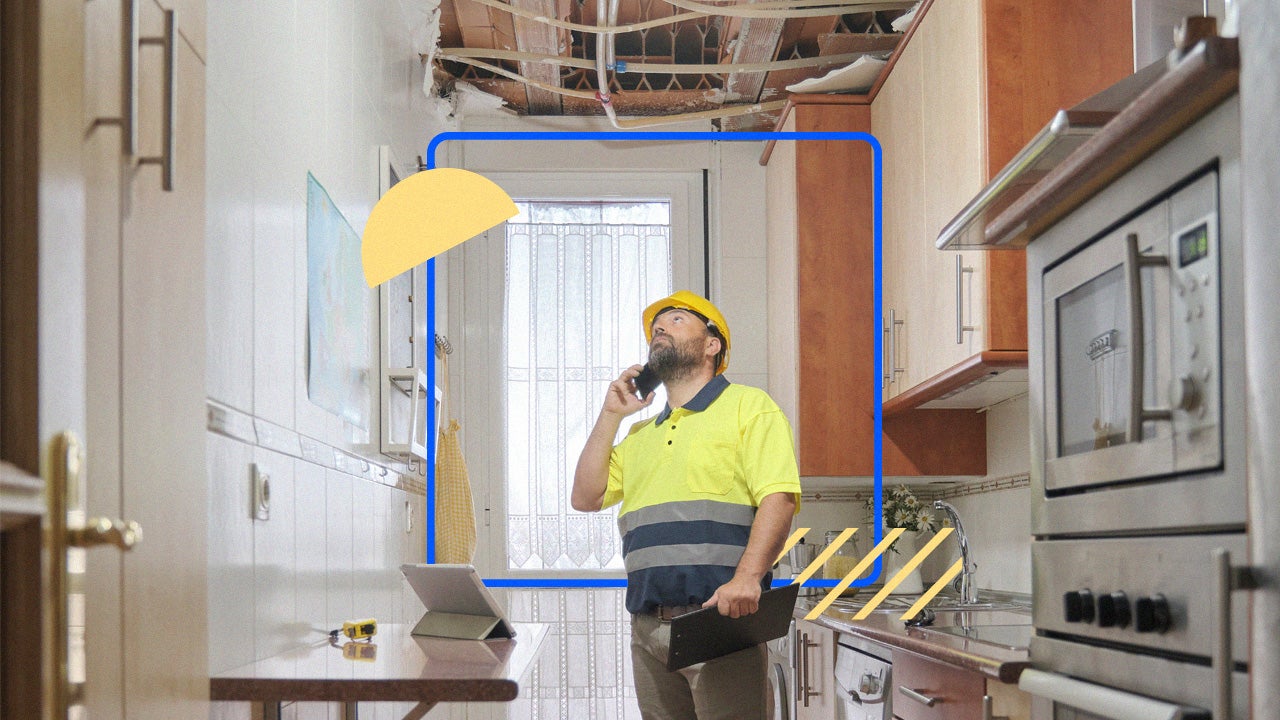What is an easement in real estate?




Whenever residential property changes hands, a title search is a must. This crucial step in the closing process confirms that the home seller legally owns the property — with no claims from others, such as prior owners or relatives — and therefore has the legal right to sell it. Without a clear title, with no liens or other claims on the property, your mortgage lender and insurer will not allow the sale to proceed.
One snag that could come up in a title search is an easement, which grants an outside party legal right to use the property, or a portion of it. Easements can be complicated, but they aren’t necessarily a deal-breaker for a homebuyer. Read on for everything you need to know about this tricky real estate issue.
What is an easement?
An easement, by definition, grants another person, entity or business the right to access or use someone else’s property. It basically gives a non-titled party an interest in the property. The owner still has full ownership and rights to the land, but that is limited by the rights of the easement holder, who has rights to use it for specific reasons.
Private easements can be drawn up between neighbors, for example, while public ones are typically between the property owner and a municipal agency or utility. For example, easements are often granted to utility companies for things such as water service, sewer lines and drainage, as well as access to transportation routes. Easements may be above ground, below ground or both, and a single property may have more than one easement.
What are they used for?
While it may sound strange that someone else has legal rights to your private property, easements are fairly common. Many properties have easements in place, for example, so that utility companies can access their lines. In some subdivisions or urban areas where space is tight, an easement may be created for neighbors to share a driveway. In coastal areas, there may be an easement to allow neighbors (or even the general public) to use a stretch of beach that’s on private property, or a path to the beach that crosses the property. Easements can also allow for vehicular access to and from a public road.
Should I buy a property with an easement?
If an easement is found during a title search, it doesn’t necessarily mean you should walk away from the deal. But it can impose restrictions on how a property is used, or what kinds of improvements can be made, so it’s important to make sure you fully understand the restrictions before you buy. It’s smart to consult with a real estate attorney on these issues.
Legal considerations
Trouble generally only arises if the easement wasn’t created properly (which unfortunately does happen), or when it affects access to the home. The latter situation usually involves shared private roads — and specifically who is responsible for ensuring maintenance of the road. Sometimes, a mortgage lender will require that there be a permanent recorded easement in place; some require a clear road maintenance agreement. If it’s not done correctly, many lenders will deny your loan.
Enjoyment of property
The bigger concern for homebuyers, typically, is how easements can affect your enjoyment of the home — or your relationships with neighbors. Managing an easement may be challenging at times. You may not want to share a driveway with a neighbor, for example, or have a public walking path crossing your property.
Some easements can affect what you can do on your land. For example, if a previous owner granted a solar easement to a neighbor, you may not be able to build structures, plant trees or create features that could block your neighbor’s sunlight. If you’re in a picturesque location, a neighbor may have a scenic easement to protect their view, preventing you from making any changes or additions that could block that view.
Home improvements
There may be implications if you plan to renovate, as well. If you’re buying an older home, for instance, there could be a historic preservation easement that stipulates what changes, if any, you can make to your home. Prior owners may have also granted a development easement preventing the land from being developed. And if you’re buying within a homeowners association, there may be easements in place that govern whether you can do things like add a patio or install a fence — be sure to read your HOA’s rules very carefully.
In general, if you want to make improvements or renovations to a property with an easement, ask yourself, does the easement allow you to make the changes you want?
Common easement types
Don’t let the legalese confuse you — easements are fairly straightforward concepts, despite their complex-sounding names. Here are a few of the most common types:
Easement appurtenant
“Appurtenant” is a legal term that basically means accompanied by something else. So in an easement appurtenant, the easement is legally tied to the property, not merely part of a short-term ownership contract — an easement appurtenant is a permanent aspect of the property. It stays with the property regardless of who owns it and is transferred to any new owner of that property along with the title.
Easement in gross
Think of an easement in gross as a “permission slip” you grant to allow use of your home’s property. This type of easement belongs to the individual or entity it’s granted to (rather than being tied to the property itself), enabling them to use the property in a specific way.
Access for utility companies are a good example of easements in gross — the local electric company may hold one so that they can legally access your property to maintain power lines. In another instance, an easement in gross can be given to a neighbor to allow them to fish in a pond on your property, or to access a beach on your property.
Easement by prescription
An easement by prescription, or prescriptive easement, happens when an outside party uses the property, openly but without formal permission, for so long that the usage actually becomes legal. This is sometimes called “acquisition by adverse possession.” The length of time needed to pass for an easement by prescription to be declared depends on state law.
Easement by prescription does not necessarily involve malicious intent. One example might be if your neighbor accidentally built their fence over your property line a decade ago, and you have not reacted or complained. Another example might be if your neighbor regularly walks a path that crosses your property without realizing it, and has never been stopped or told not to. This is why clearly marked property boundaries are important.
How to create, or remove, a property easement
Typically, an easement can be created in one of three ways:
- The most common is an express easement. This is when two parties agree on the easement, then create and sign a legal document outlining the specifics. Again, you’ll want an attorney’s help with this.
- An implied easement is more casual. Here, both parties agree to some form of common-sense usage, but it’s not written down. (Legally speaking, a formal express easement is a better idea.)
- An easement by necessity is created when one party has no choice but to use another’s property. For example, if you’re in a small subdivision on a private road that’s technically the driveway of the first home in the development, and you need to use that road to access your own home.
Ending an easement that’s already in place, however, can be tricky. Some are easier to remove than others, particularly if they come with a preset expiration date. Keep in mind that you can’t interfere with an easement while in the process of removing it.
A residential property’s easement in gross, granted to an individual, can’t be voided until that individual passes away or formally agrees that it is no longer needed. If the easement was in place when you bought the property, termination may require a court order.
Appurtenant and prescriptive easements can be ended by formal written agreement with the other party. Whether or not the other party will be agreeable, however, is another issue — you may be met with a handshake, or with a court date.
Bottom line
An easement can be thought of as a legal privilege for one party to use another person’s land for a specific use. Many types of easements are common and should not be seen as deal-breakers for potential homebuyers. However, they can be complicated, and easements that are poorly drawn or not clearly delineated can become a nightmare. Easements should be carefully reviewed by a real estate attorney before signing on the dotted line.
Why we ask for feedback Your feedback helps us improve our content and services. It takes less than a minute to complete.
Your responses are anonymous and will only be used for improving our website.
You may also like

HOA rules: 9 common violations that can cost you

What is a homeowners insurance peril and how does it work?

What is a deed in lieu of foreclosure?

What is adverse possession in real estate?
